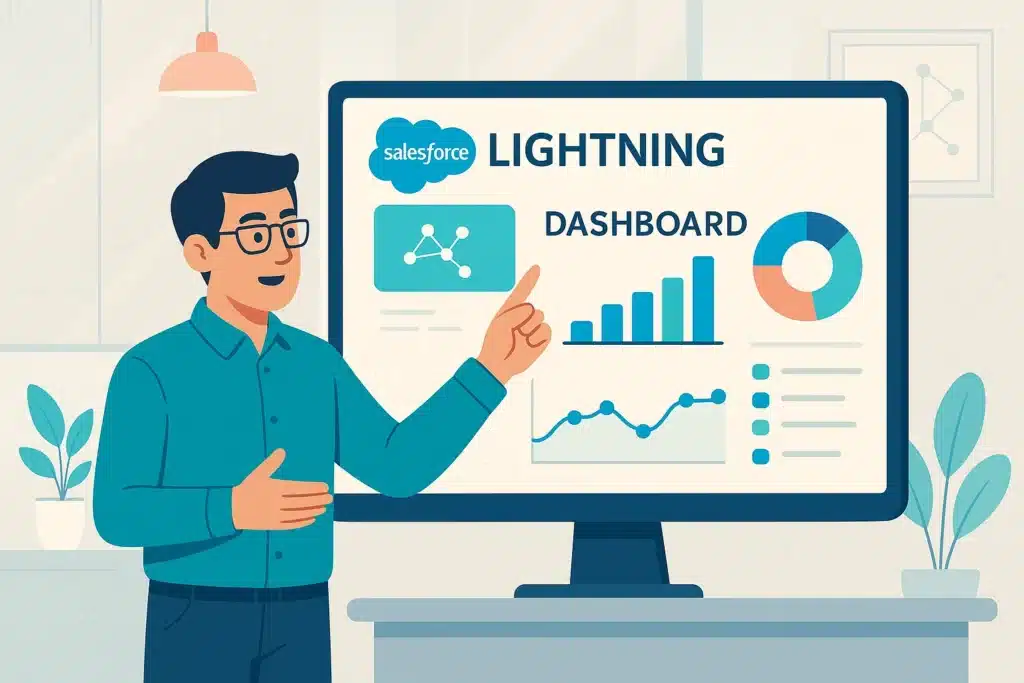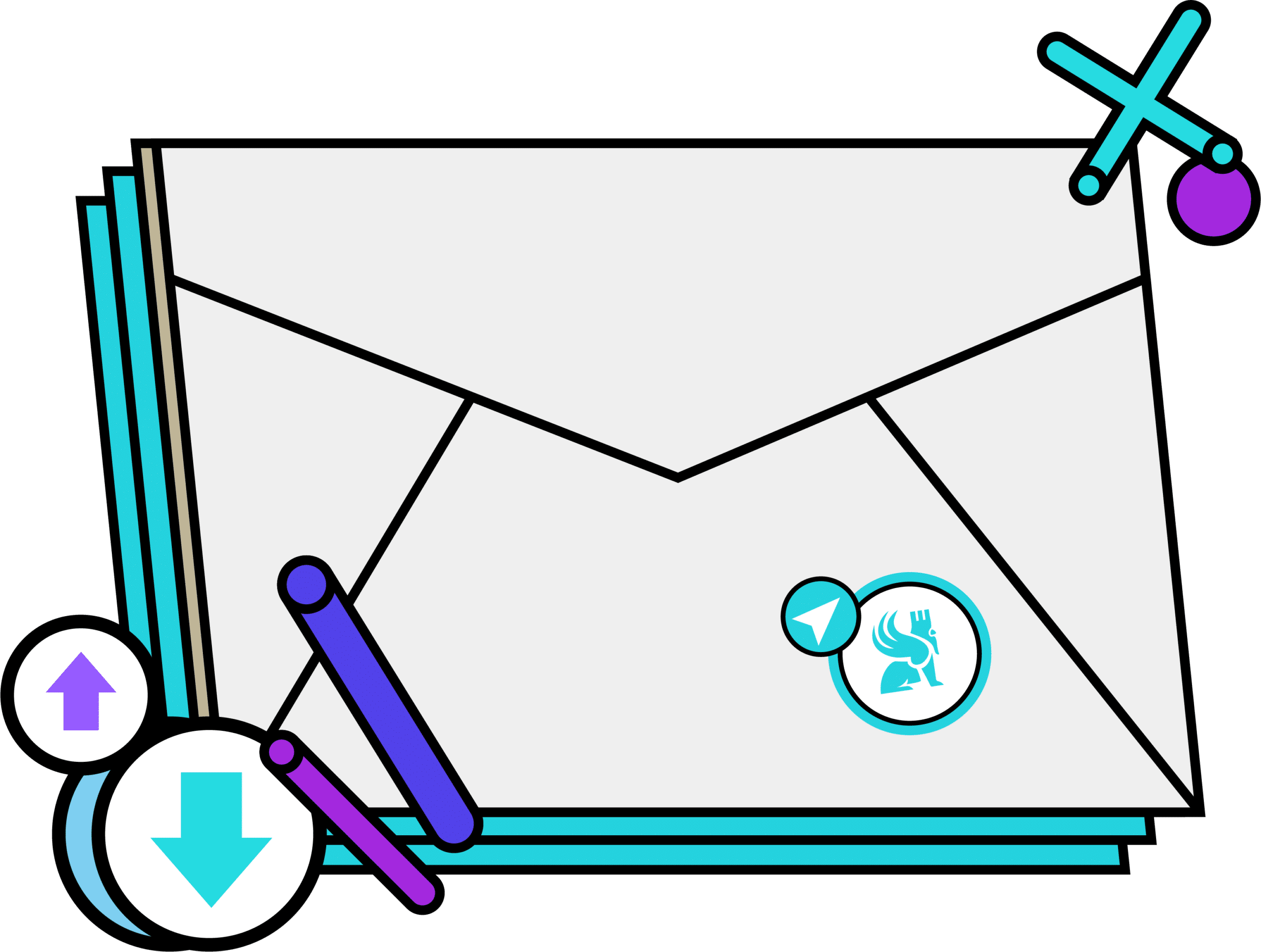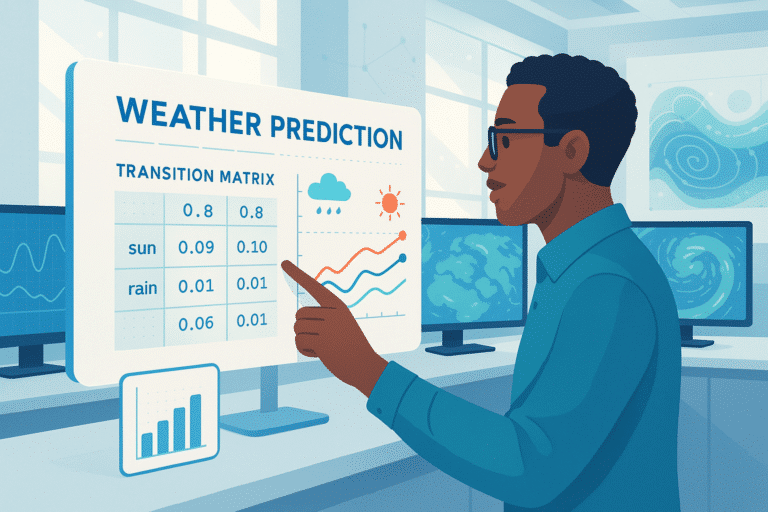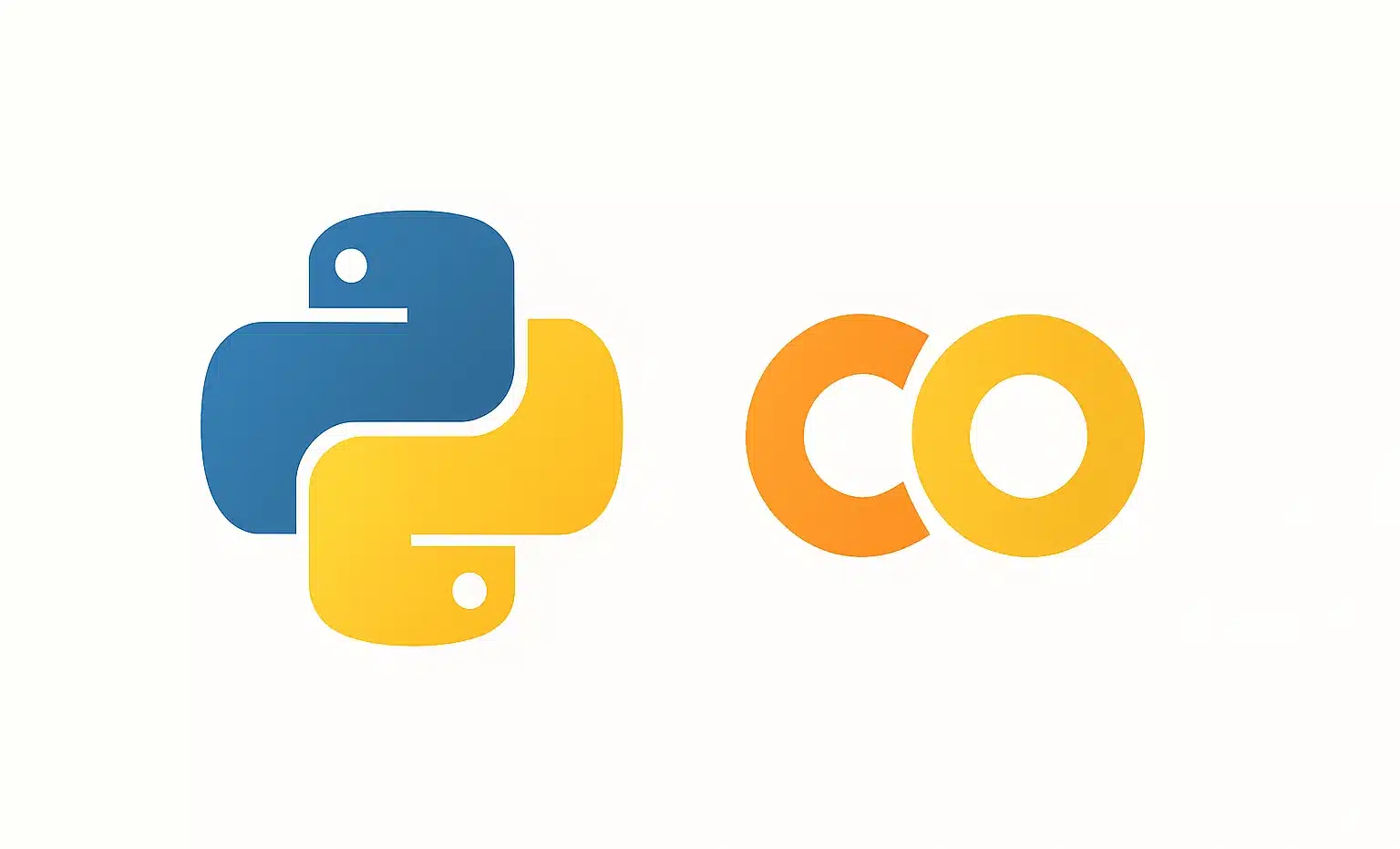Salesforce Lightning is a complete transformation of the Salesforce interface. It promises a modern, seamless, and highly customizable user experience to enhance productivity. With App Builder and AI tool integration, learn how Lightning is revolutionizing the CRM experience!
Often regarded as the leader in the CRM market, Salesforce held approximately 20% to 25% of the global market in 2024. This puts it ahead of other players like Microsoft Dynamics, SAP, and Oracle.
What fuels this popularity? Beyond its rich ecosystem and highly active community, it’s Salesforce’s philosophy of continuous innovation that drives its success.
In a time when companies are looking to streamline their business processes and provide their teams with more efficient and intuitive tools, Salesforce anticipated this need and responded back in 2015 with Lightning.
A complete overhaul of the Salesforce Classic interface
Initially launched in 2015, it represents a complete overhaul of Salesforce’s traditional CRM interface (known as Salesforce Classic).
It aims to boost productivity and simplify the user experience. But Lightning is much more than just a visual update: it is an ecosystem designed to meet the customization, agility, and mobility needs of modern businesses.
Technically speaking, this new version is developed on a more flexible and modular architecture than its predecessor. It consists of several key elements.
The new user interface, known as Lightning Experience, is more modern, responsive, and adaptive. It is designed for smooth navigation across all platforms.
The Lightning App Builder is an application creation tool that allows teams to swiftly design interfaces tailored to their needs, thanks to a straightforward drag-and-drop system.
In addition, the Lightning Components are reusable modular blocks that facilitate the development of dynamic and personalized interfaces.
With Lightning, Salesforce is not just revamping its CRM but offering an agile platform that places the user at the heart of the experience!
Why does Lightning boost productivity?
This extensive update not only transformed the CRM’s appearance. It redefined how companies interact with their data and their customers.
With an intuitive and responsive user interface, Lightning focuses on a more modern and visual experience.
Screens are streamlined, buttons are well-positioned, and navigation is significantly simplified, allowing users to move seamlessly from one piece of information to another without losing track. Users feel much more comfortable.
Thanks to the App Builder, business teams can adjust screens and user journeys to their specific needs without necessarily relying on developers.
Lightning Components also enable reusing functional blocks, assembling, and repositioning them like building blocks. Customization becomes highly facilitated.
Moreover, tools like Kanban allow for visualizing business opportunities and managing workflows.
Salespeople can thus track the progress of their deals at a glance. Additionally, smart shortcuts and contextual notifications reduce information search times and optimize responsiveness.
The cherry on top: Lightning is designed for a consistent experience on all platforms: Desktop, tablet, smartphone…
This mobile dimension revolutionizes the game for salespeople and field teams who need to remain connected and efficient.

App Builder, Kanban, AI
Lightning offers a wide array of features to transform the CRM experience.
The App Builder allows users to create customized pages and applications. Simply assemble the components like building blocks using drag-and-drop to design a dashboard or a screen tailored to specific business needs.
Furthermore, developers (and even experienced administrators) can design reusable modular components.
Each component is a standalone functional unit that can be deployed on different pages or applications, massively accelerating development and ensuring overall consistency.
Meanwhile, with dynamic Kanban views, salespeople can easily visualize the progress of their opportunities.
The Path tool guides users step-by-step through their sales process, highlighting key actions to take at each stage of the cycle.
It is also worth noting that Salesforce Lightning seamlessly connects to Einstein Analytics, the AI component of Salesforce.
The result of this integration includes predictive dashboards, intelligent recommendations, and enhanced data utilization to anticipate customer needs and refine business strategies.
Migration, adoption, and governance
While Salesforce Lightning is appealing with its ergonomics and features, transitioning from Salesforce Classic or adopting Lightning from the start is not a straightforward path.
Many companies already have a customized Salesforce Classic setup: specific fields, complex workflows, and custom reports.
Switching to Lightning means re-evaluating some of these settings, sometimes even rethinking the entire CRM architecture. This requires time, resources, and careful management to ensure operational continuity.
Moreover, the reusable components are an advantage but also require strict governance.
Each can interact with sensitive data, so it’s crucial to carefully manage access rights and roles to avoid any security breaches or team confusion.
Even with a more modern interface, users may feel disoriented by the new features. Training is thus essential to help them leverage the new capabilities.
Guidance sessions, educational resources, and practical workshops are often necessary to ensure successful adoption.
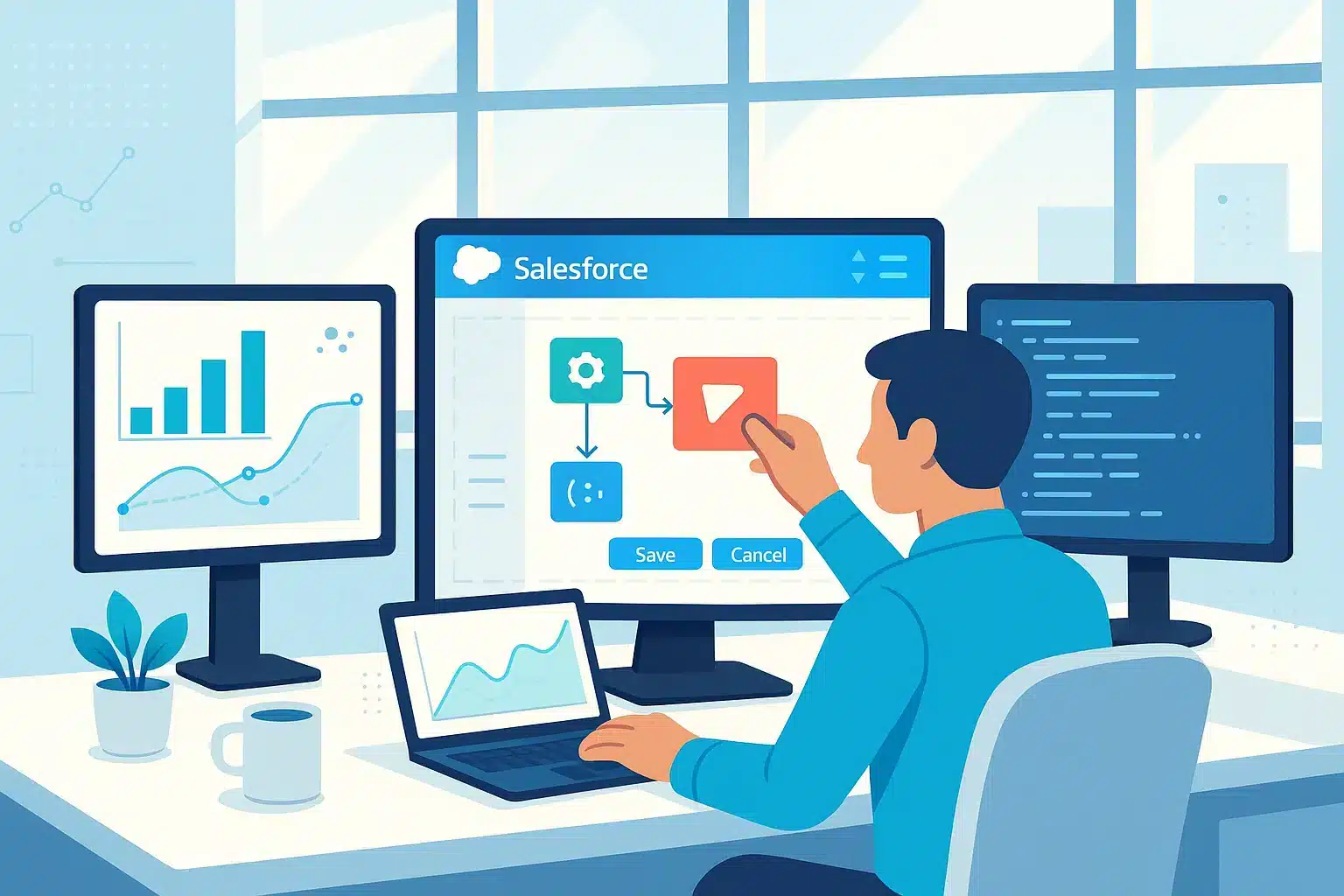
How Lightning transforms companies?
Many companies have reported increased productivity since migrating to Lightning. Whether in sales, customer service, or project management, Lightning adapts to all sectors.
In the industry, it optimizes management of complex sales cycles and quotations. In the banking sector, it streamlines file validation processes and reduces processing times.
Custom applications have proliferated directly in the App Builder, analytical dashboards linked to Einstein Analytics, and even mobile solutions for field teams.
Companies that have embraced the change generally report significant productivity gains (up to 20% according to some internal Salesforce studies), better collaboration among teams, and a markedly improved user experience.
All arguments point towards adopting Lightning, despite the challenges associated with migration and change management!
Salesforce Lightning, welcome to the new era of CRM
More than a facelift, Salesforce Lightning serves as a springboard for business productivity and agility, thanks to a modern interface, modular components, and bespoke customization.
Yes, the transition requires time, resources, and serious support. But feedback is unanimous: Lightning makes a significant impact and prepares companies for future challenges.
To deepen your understanding of the Salesforce ecosystem and explore advanced solutions, the Salesforce Data Cloud & IA AgentForce training by DataScientest is an excellent opportunity.
This intensive 16-day bootcamp will enable you to understand the fundamentals of Salesforce Data Cloud and its integration with AgentForce, and to master workflow automation and the creation of intelligent virtual agents.
You can also prepare and earn the official Salesforce Data Cloud Consultant certification!
With a practice-oriented approach, combining online learning and masterclasses led by experts, you will develop skills that are immediately applicable in the business world.
Moreover, this training is eligible for CPF and France Travail funding. Ready to take the next step in your CRM career? Explore DataScientest’s Salesforce training!
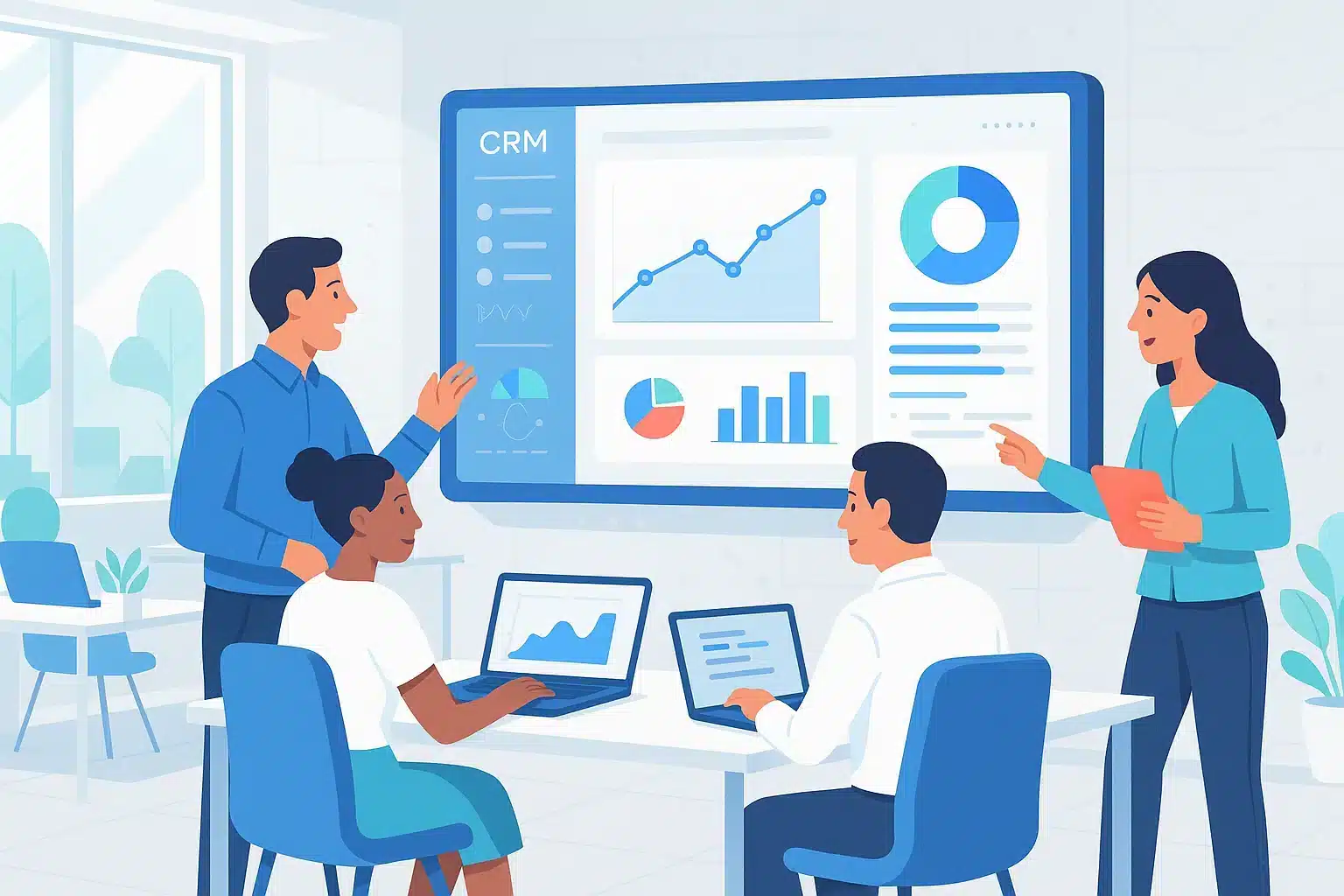
You now know everything about Salesforce Lightning! For more information on this topic, check out our complete article on Salesforce and our article dedicated to the Data Cloud.

